This healthy grocery list is broken down by section of the grocery store. Includes quick tips for choosing common items.

Hey friends! So my house is literally a chaotic fiasco right now. More on that on Friday, Favorites, but for now, let's say cooking is off the table, so we're putting recipes on pause. I thought I'd share with you some resources I often give my private nutrition clients, for example, a getting started healthy grocery list. The printable list can be found in my library of resources. Current email subscribers can log in to the library of resources (password at bottom of most emails I send out) and grab it, or if you aren't on the list, sign up now! Using the form at the bottom of this post.
First and foremost, I always recommend you start your grocery list with a meal plan, even if it's just a template. (Email subscribers can grab an easy grocery planning PDF in my library of resources.) See screenshots below.
I don't recommend you go running out and buy all these items on the list below at once. Not only would that be costly, but it would also be challenging to use them all at once. But, if you are trying to restock your pantry after cleaning out or looking for guidance on the grocery store's general areas, this list should help!
Also, consider checking out these posts:
- Grocery Shopping 101: Cooking Oils
- Grocery Shopping 101: Bread Aisle
- Grocery Shopping 101: Dairy Section
Buzz Words To Ignore
Before we talk about anything, I want you to ignore the following buzzwords on a package:
- Keto
- Gluten-Free
- Zero Sugar
- Low Sugar
- Low Fat
- Fat-Free
- High-Protein
- Vegan
- Vegetarian
- Paleo
- Advertisements of any sort
Read the ingredient list FIRST! Always always, always. You'll get all the information you need from the ingredient list, followed by the nutrition facts panel. In fact, I usually straight up avoid anything that says keto on it because it's likely going to taste like crap unless it's eggs or meat.
Now let's go aisle by aisle, section by section, for a quick grocery store tour!
Produce
What to buy? Everything. JK, but not really. I recommend my clients eat 4-5 fistfuls of nonstarchy veggies per day, plus starchy veggies and fruit. This should be the bulk of your cart! Every produce item has a unique set of antioxidant, anti-inflammatory properties, phytochemicals, vitamins, and minerals, so a variety of items gets you the most bang for your buck. Seasonal items help ease the burden on your wallet as well as provide peak taste and quality of the item.
What should be in your cart:
- Nonstarchy veggies - any veggie (or veggie look-alike such as tomatoes) is a great choice. Enough to get you 4-5 cups a day per adult. Also, stock your fridge with lots of finger veggies like carrots, cherry tomatoes, celery, etc., to add to meals or for an easy snack.
- Starchy veggies - peas, corn, potatoes, and winter squashes (everything else is non-starchy) are great options.
- Fruit - please, for the love of God, don't worry about fruit being bad for you or having too much sugar. Be responsible with it, pair it with protein or fat, and don't eat it all day long like a fruitarian. 1-2 pieces or cups a day is exemplary and should be in your cart.
- Herbs - like garlic, shallots, green onion, cilantro, parsley, dill, etc. I would buy these as needed for a recipe, but they are jam-packed with flavor and nutrients!
*Note - all forms matter! So these items can also be purchased as juice, dried, freeze-dried, canned, or frozen. There was a time I would have scoffed at that statement, but if you look at the research, the people who eat more forms get in more produce overall, and they get in more fresh produce than their fresh-only eating counterparts. More forms = more nutrients.
You may also like:
- How to Get Enough Veggies
- How to Add Veggies To Classic Meals
- 25 Ways To Increase Veggies In Your Day
Bread Aisle
I have a whole post on the bread aisle here, but to simplify things, here are some items that are absolutely part of a healthy grocery shopping trip:
- 100% whole grain bread
- 100% whole grain bagels
- 100% whole grain tortillas
- 100% whole grain English muffins
- 100% whole grain pita pockets
Sprouted and organic grains are more costly but do have some benefits. You can read about them here and other bread aisle options such as gluten-free, keto, and double fiber options.
Or, just stick with the options above!
Dairy Aisle
This is where my list will differ from other lists you may find. Most sources will recommend low-fat options, which, to be frank, are wildly outdated and not supported by research. Fat is filling and helpful for maintaining blood sugar levels and hormone levels. Teens who struggle with acne do worse with low-fat products.
- 100% grass-fed organic whole or 2% milk
- 100% grass-fed organic whole or 2% yogurt
- 100% grass-fed organic whole or 2% kefir
- 100% grass-fed organic half and a half or heavy cream for coffee or cooking. If you need sweetener, use stevia drops
- 100% grass-fed organic cheese
- Full fat sour cream, ideally organic
- Whipped or plain, full-fat cream cheese, ideally organic
Organic, grass-fed dairy has more antioxidants and more anti-inflammatory fatty acids, so it's worth the extra money. It's one of the few places where organic is worth the extra dollars. I always buy pasteurized because I want to keep my kidney's inside my body. Raw is more dangerous than the benefits are worth. You can read more in-depth about organic, grass-fed, and pasteurization here.
Tip Prepackaged Yogurts: Many sites will tell you only to buy plain and sweeten yourself. That's straight-up impractical unless you are retired with an ample amount of time and patience. Most of us need that pre-packaged yogurt for sanity reasons. Buy the lowest sugar version you can tolerate for yogurts, etc., with the least amount of added chemicals and no artificial sweeteners. (Stevia and monk fruit are okay.) You may try several brands to find the lowest sugar version you like. And most brands are non-fat here. I suggest adding a handful of nuts or something to round out this snack! But if most of your dairy is full-fat and your yogurt is non-fat, that's fine!
Dairy Alternatives
I'm equal opportunity dairy and nondairy, but some people don't tolerate dairy well or don't like it. If you think about it, humans are consuming an animal's milk that weighs almost a ton, significantly bigger than a human. It makes sense some people wouldn't tolerate that, I'm surprised anyone does (I do, but my husband does not), much less beneficial to some, but I digress. If you can't or don't want to consume dairy, here are some tips on dairy alternatives
Notes:
- If substituting milk for a child, stick with organic soy milk or pea milk (such as ripple) - other milk alternatives do not have enough protein or fat to be a suitable substitute for milk.
- If substituting for an adult, it's preference. Ideally, choose an unsweetened version with the least amount of additives and preservatives. Organic is optional, as it doesn't make that big of a difference here (except in the case of soy which is a commodity crop that sometimes can have very high pesticide levels.) There is a difference between canned coconut milk and boxed. Canned has a much higher fat content and is better used in cooking or smoothies than in drinking. Keep an eye on the milk nutrition facts (in addition to the ingredients) to know what you're getting. Unsweetened almond milk is basically flavored water (I use it all the time, but it's true), pea milk is a great milk substitute, and canned coconut milk is super high in fat. So, it just depends on how and why you are using it!
- Non-dairy yogurts - highest protein, lowest sugar; similar to dairy yogurts, you may need to try a few to find one that somewhat fits your needs. However, many are LOADED with sugar and have little protein, so this can be challenging but not impossible.
- Non-dairy kefir - see above.
- Non-dairy cheese substitutes (including sour cream, cream cheese, and shreds) - the ingredients range here. You want to stick with varieties that have recognizable ingredients and don't contain a bunch of undesirable oils (soy, palm, etc.) But there are many good brands out there nowadays, and I've got a post coming soon about it!
Meat, Seafood, and Eggs - Protein Options
Okay, this section isn't exactly by aisle. Still, it illustrates how to stock your pantry with " best " and "quick" options because protein is essential for muscle building, metabolism, blood sugar management, satiety, and so much more. Most people need at least 100grams daily.
- Best Options:
- Organic Free Range Poultry - organic matters less here. If your budget doesn't allow organic, free-range, you aren't missing much from a health standpoint. It's more about how the poultry is raised.
- Organic Free Range Eggs - organic matters less here too. However, more foraging and the type of diet the chickens are fed do affect the types of fats and antioxidant levels found in the eggs. I've got a post on eggs coming soon!
- 100% Grassfed Meat - in an ideal worth, it's 100% grass-fed. If not, then organic or conventional meat that is lean is a great option too!
- Wild Caught Fish - wild-caught fish is ideal as fish farming in some countries is a little shady. However, I only buy about half my seafood wild-caught. I use the rule below for farmed.
- Farmed Fish Raised in Countries with High Standards such as the EU, US, and Canada.
- Organic Grassfed Dairy Products - see above explanation
- Edamame and Tofu (avoid heavily processed meat substitutes in favor of real meat or make your own, which will have fewer chemicals, preservatives, and ingredients)
- Quick Options:
- <1gram sugar jerky
- Uncured Natural Deli Meat
- Protein Shakes (low net carbs, no artificial sweeteners, avoid sugar alcohols )
- Protein Bars (Quest bars, Kirkland Protein Bars )
- Canned Tuna or Chicken
Freezer Aisle:
The freezer is not second best to fresh. But, it is just as good if not better than fresh. Freezing food preserves its nutrients right there. It's the best of all words, and you should always have a stalked freezer to pull from.
- Frozen veggies
- Frozen fruit
- Pre-made quinoa, brown rice, etc.
- Frozen meat - precooked like a salmon burger or raw
- Frozen whole grain waffles
- Frozen potatoes - watch for minimal ingredients and additives
- Quick options: frozen natural breakfast sausage
In general, you want to avoid premade full meals on the regular. But the occasional frozen meal (entree like a burrito) made from natural food ingredients and minimal preservatives and additives can be a great quick option for lunch or dinner. There are many great options out there nowadays, just read your label and make sure you can recognize all the ingredients listed!
Pantry:
A well-stocked pantry is essential to ensure you have daily staples on hand that can help you quickly pull together a planned or unplanned meal.
- Nuts/Seeds & Nut/Seed Butters - natural is best
- Seasonings (blends are great)
- Cooking oil– avocado, coconut, or olive (low heat only)- see this post to learn more.
- Protein Powder - minimal ingredients, low sugar, no artificial sweeteners (stevia and monk fruit okay)
- Oatmeal - quick, instant, rolled, steel cut, all are great for you!
- Ancient Whole Grains - quinoa, brown rice, wild rice, farro, etc. All have benefits, and it's good to rotate through them.
- Whole grain or my favorite bean pastas such as chickpea pasta. More nutrients and more filling!
- Beans (canned are great - rinse and drain before using)
- Canned Fruits and Veggies - remember, all forms matter! Canned tomatoes are a Costco staple in our house!
- Salad Dressings - minimal real food ingredients!
- Whole Grain or Nut-Based Crackers
- Dried Fruit - remember, all forms matter! Use this in yogurt, paired with nuts, or on oatmeal bowls!
Refrigerated Section
Personally, even as a food blogger, I don't have time to make a lot of these items below from scratch. I pick them up weekly in the refrigerated section.
- Hummus
- Guacamole
- Salad Dressings
- Pico De Gallo
- Prepped Veggies
- Pre-made Salad Packs
Beverages
Aside from 100% fruit juice, the rest of the list is optional. You don't NEED any of these items, and some are quite costly. But, if you like them and can fit them into your budget, they are a great addition to a healthy grocery list.
- 100% fruit juice
- Coffee
- Tea
- Kombucha - look for lowest sugar
- Specialty Drinks - zevia, poppi, etc
Note - there was a time when I would have said fruit juice is NOT healthy for you, too much sugar etc etc. Here is the thing, research shows that ALL forms matter. Recently I started easing up and buying some fruit juice 1-2x a month. Do you know what I noticed? After having orange juice, my child, who previously wouldn't eat any oranges, started eating them. The exposure to the juice helped break down that barrier. Yes, we watered it down. Yes, we limited it to breakfast paired with a high-protein meal like eggs. But I'm definitely not anti-juice anymore. I recognize that all forms matter and are important in a balanced diet, especially if you have young ones living with you!
Packaged Snacks
Everyone ALWAYS wants to know about snacks. I've written about snacks before! Here is a list of my favorite Costco Snacks and Trader Joe's snacks. And here is a list of 35 quick and healthy snacks I recommend all the time. But let's break it down, so you have basic snacks you can make from the above list like hard-boiled eggs, deli roll-ups, crackers and hummus, carrots and hummus, etc. Then you have more "fun" snacks like potato chips, etc.
I take an all-foods fit approach. If you want to have chips or candy, go for it. But, I don't think traditional versions of those foods should be in your diet on the regular simply because of the additives and preservatives. One bag of Doritos a month isn't going to harm you, but buying it weekly may not be the best approach. They are hyper-palatable and change your taste buds to want more of those types of processed foods. But, clean eating substitutes are super expensive and still hyper palatable. Focus on the rest of this list first, then decide how you want to tackle snacks!
Conclusion
Stock your fridge and pantry with mostly real food and some convenience items to help you stay consistent with healthy eating. Meal plan before you go to the store and try to utilize seasonal and sale items to keep costs down. Meal prep when you get home to ensure your use of these items!
Subscribers, there is a generally healthy eating list printable with these items in the Library of Resources! Check it out now!

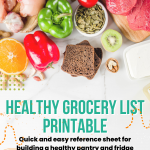
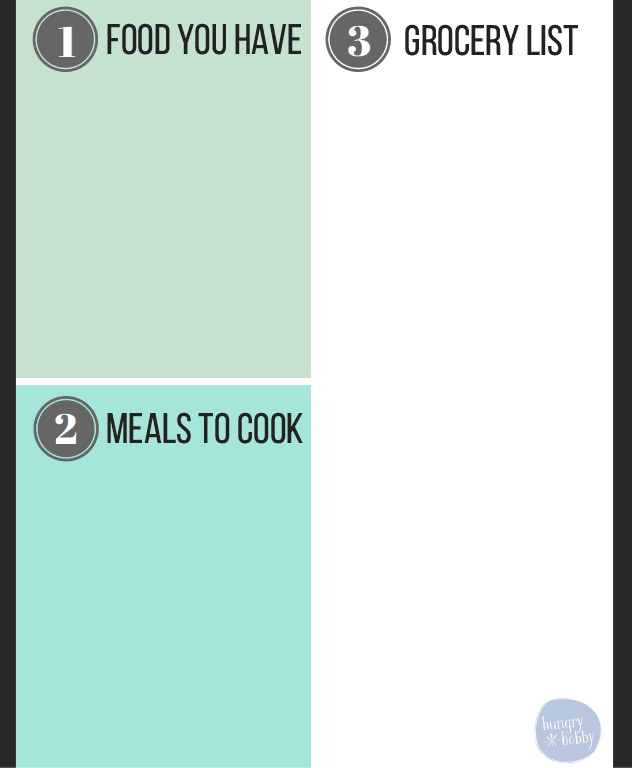
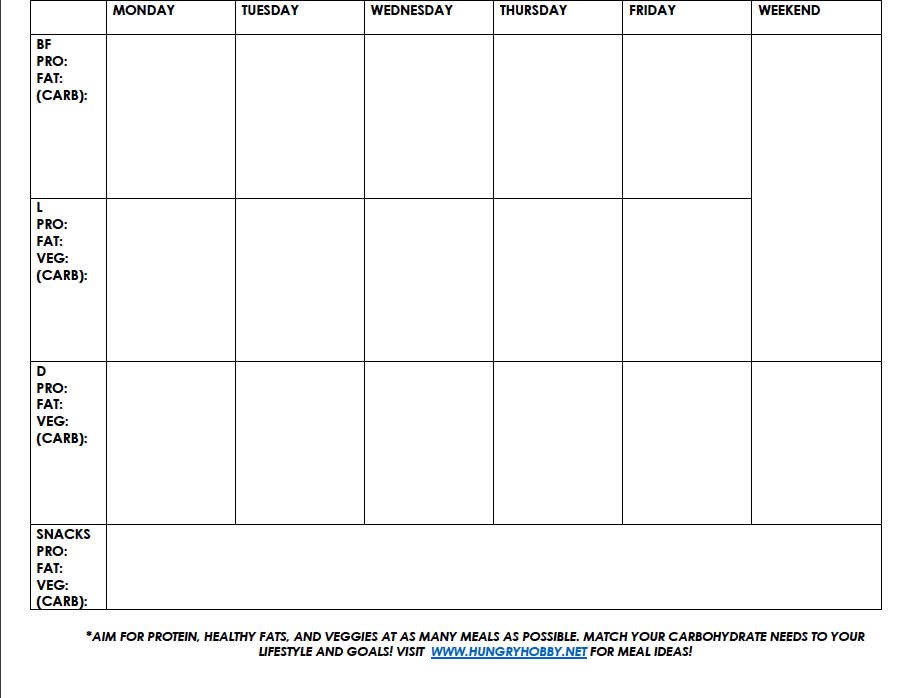
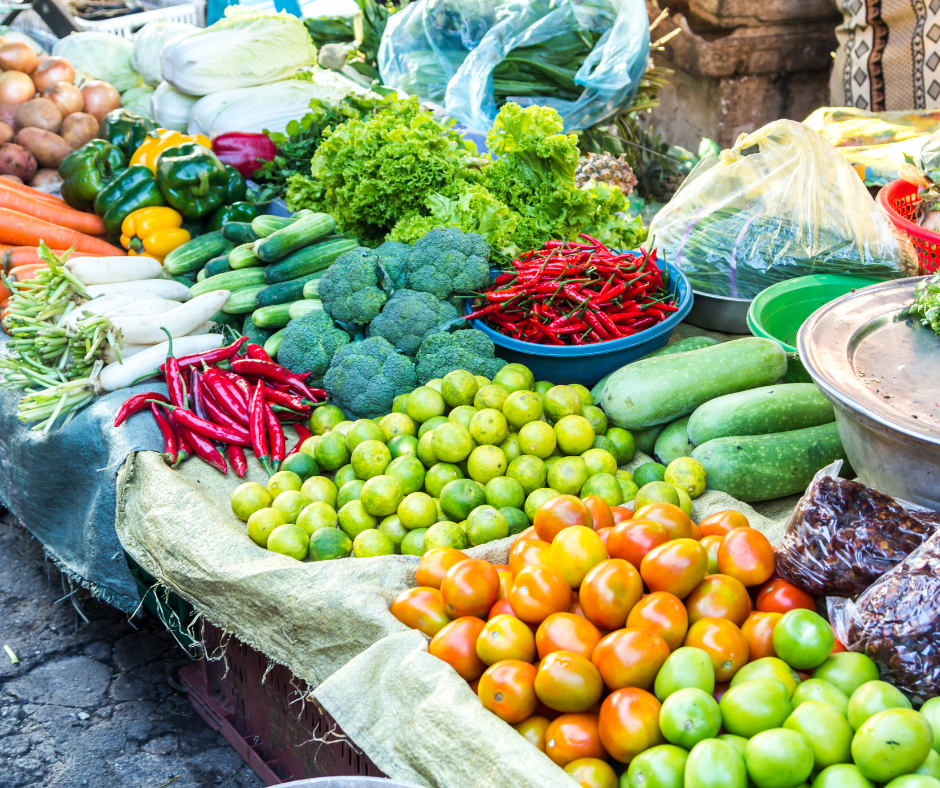

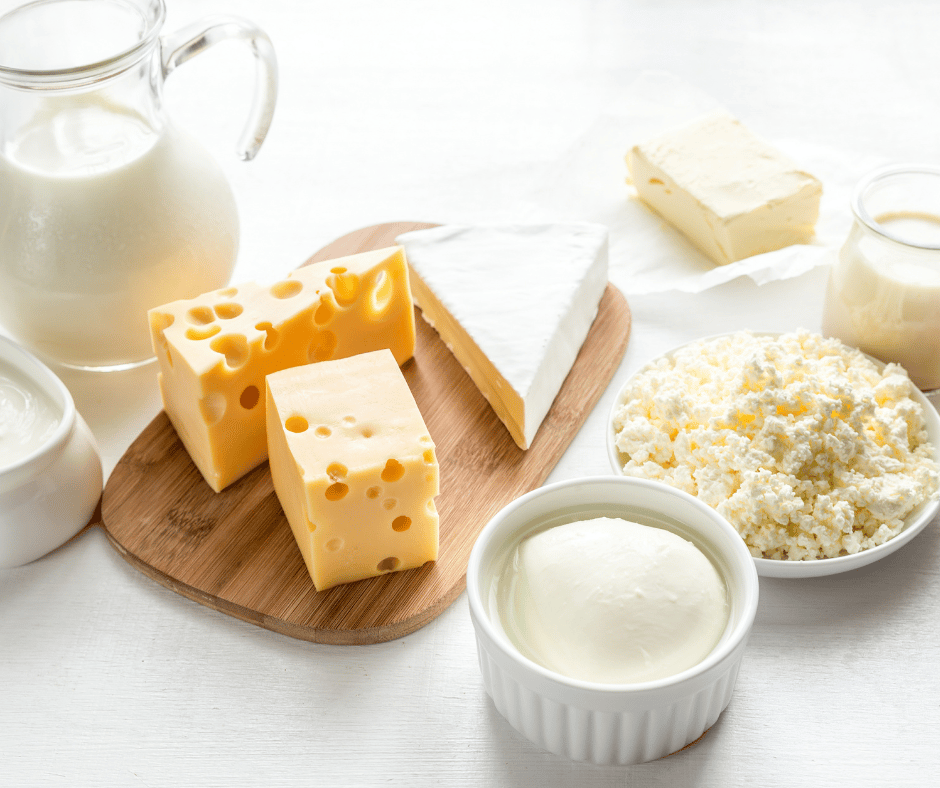
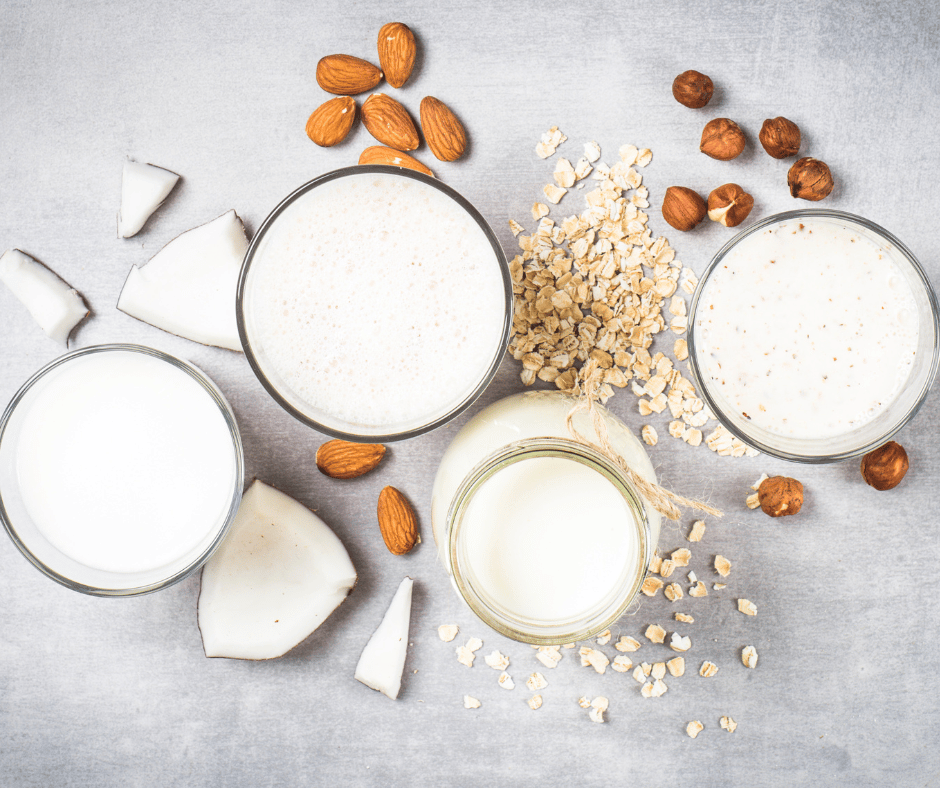

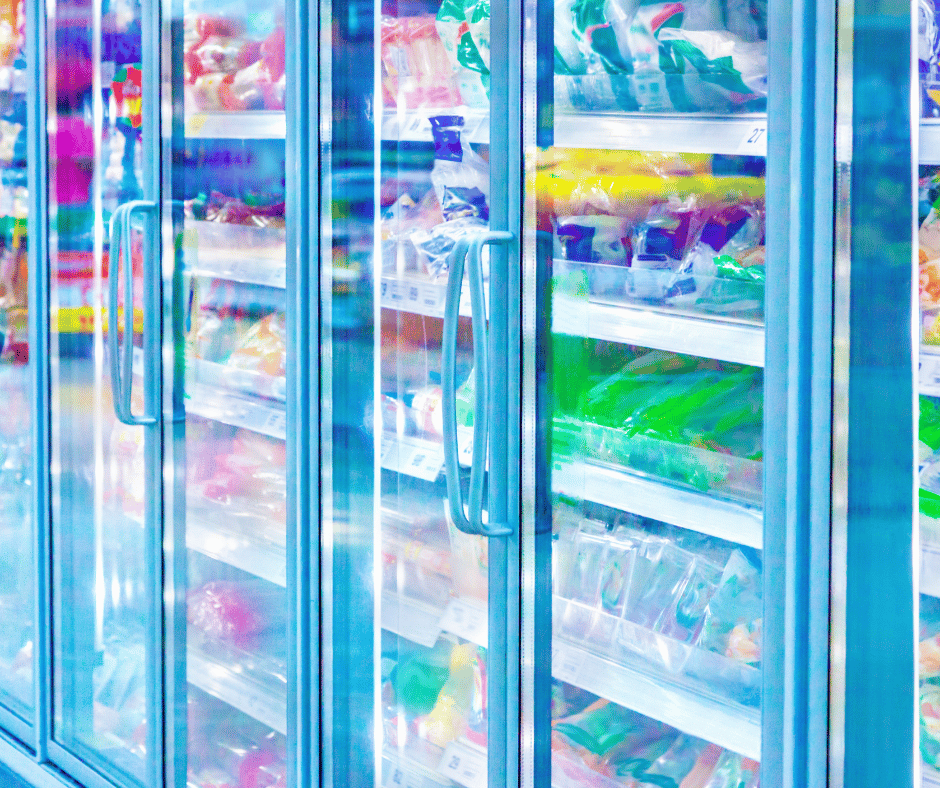

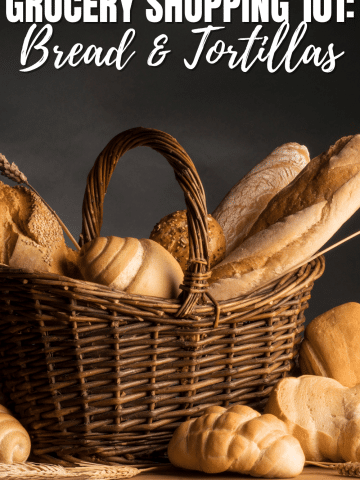


Leave a Reply